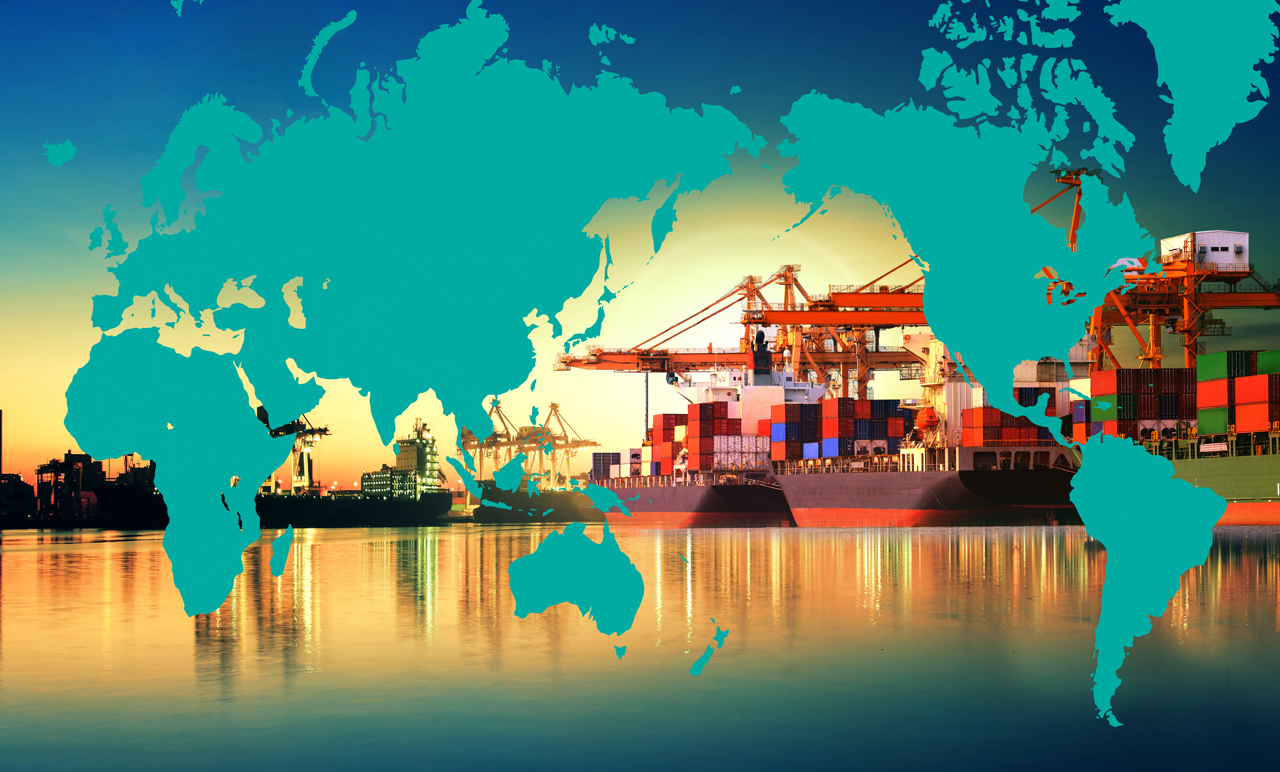
Published on January 5th, 2017
This op-ed originally appeared in the San Francisco Chronicle
Most of what was said about trade during the presidential campaign was wrong. Chalk it up to politics, but both candidates fed voters a line that distorts our understanding of what free trade is about and how Americans benefit. Uninformed voters might be forgiven for believing them. It’s better, though, to know the facts.
First, let’s define what this is about. Free trade agreements are partnerships between nations that agree to drop barriers — such as tariffs and quotas — to trade. Such agreements make goods and services cheaper for both parties and increase jobs and exports for both.
Let’s also be clear that California has a lot at stake. As the nation’s second-largest exporting state and a technology powerhouse, we particularly stand to benefit from provisions that open agricultural markets (California is the nation’s largest agricultural exporter) and protect intellectual property and the cross-border movement of data — issues of great importance to our tech companies.
So here are the facts:
Free trade agreements are not killing manufacturing. At $2.2 trillion, U.S. manufacturing output is at an all-time high. But output is different from employment, which has been falling for decades. That’s a result of technology and improved efficiency in production processes, not trade agreements. Analysis shows that only 13 percent of manufacturing’s job loss is linked to trade, while 87 percent is caused by automation.
Free trade agreements don’t hurt the U.S. trade balance — they help it. Taken together, the U.S. has a positive balance of trade with the 20 countries with which it has free trade agreements. The U.S. International Trade Commission estimates that in 2015 those agreements contributed a net gain of nearly $60 billion to our global trade balance. Our deficit is overwhelmingly with countries such as China, where the U.S. does not have free trade agreements.
Free trade agreements are about growing the pie. Seventy-five percent of the world’s purchasing power is outside the United States, something U.S. companies can’t ignore. These agreements open doors. Even though the United States’ 20 free trade partners account for only 6 percent of the world’s population and less than 10 percent of its economy, they purchase nearly half of U.S. manufactured exports.
Our manufactured exports also are growing faster to our free trade partners than to countries where no U.S. free trade agreement is in place. In 2015, U.S. manufacturers sent $12.7 billion more in manufactured goods to those countries than they sold to us. At the same time, the U.S. had a $639 billion manufactured trade deficit with non-free-trade countries.
Distorted views of trade, an unfortunate legacy of the election, have extended to individual agreements. Is NAFTA really a disaster for jobs and manufacturing? Then why have manufactured exports to Canada and Mexico nearly quadrupled since NAFTA entered into force? The reality is that we buy a lot from Mexico and Canada, but many of those products are assembled from U.S.-made components.
The Trans-Pacific Partnership, a proposed agreement with 11 Asia-Pacific countries, is the biggest victim of this false debate. The U.S. International Trade Commission — the most authoritative source available — estimates that with a Trans-Pacific Partnership, both exports and imports would grow, but exports would grow faster. Both agriculture and services, the area where most economic growth today is occurring, would benefit as long-standing trade barriers in Japan and other countries are reduced. These are areas where California and the Bay Area lead.
The significance of free trade agreements runs deeper. They are about writing the rules of trade. When agreements such as Trans-Pacific Partnership protect intellectual property and the free movement of data, it’s because the U.S. has fought for those principles. Other provisions provide enforceable environmental and labor protections, which are core U.S. values. Those values aren’t universal, however. China has its own trade deal on the table with 16 Asia-Pacific countries (the Regional Comprehensive Economic Partnership) which does not share those priorities.
If we abandon the Trans-Pacific Partnership but China’s deal goes forward, then U.S. companies will lose competitiveness across the region. China can’t be faulted for advancing its interests and those of its companies. We have no less a responsibility to advance ours.
So where do we go from here?
Affirm our existing trade agreements. Tweak them, maybe. But acknowledge that they’re working and important to our economy.
Stick with the basics of the proposed Trans-Pacific Partnership. Its provisions are good for both the U.S. and its partners, and should serve as the foundation for any new proposals.
Support manufacturing by fixing the tax code. At 35 percent, our corporate tax rate is the highest in the developed world and should be reduced so that it’s closer to the global norm. This will encourage more investment in the United States. Tax rates should also be adjusted to encourage repatriation of the more than $2 trillion in profits our companies have parked overseas — if it’s reinvested in infrastructure or assets like production equipment and worker training.
Support U.S. workers. Far more workers benefit from these agreements than don’t, but for those who lose the pain is real. Trade Adjustment Assistance, which provides transitional assistance to workers who lose their jobs as a result of trade, should be revisited and strengthened.
If we’re really concerned about dislocated workers, however, then our national focus should be on the disruption of traditional employment being caused by advances in technology — a process that is only beginning. Developing a national strategy to anticipate those changes should be a bipartisan priority in Congress. But don’t stop trade.
Sean Randolph is Senior Director at the Bay Area Council Economic Institute